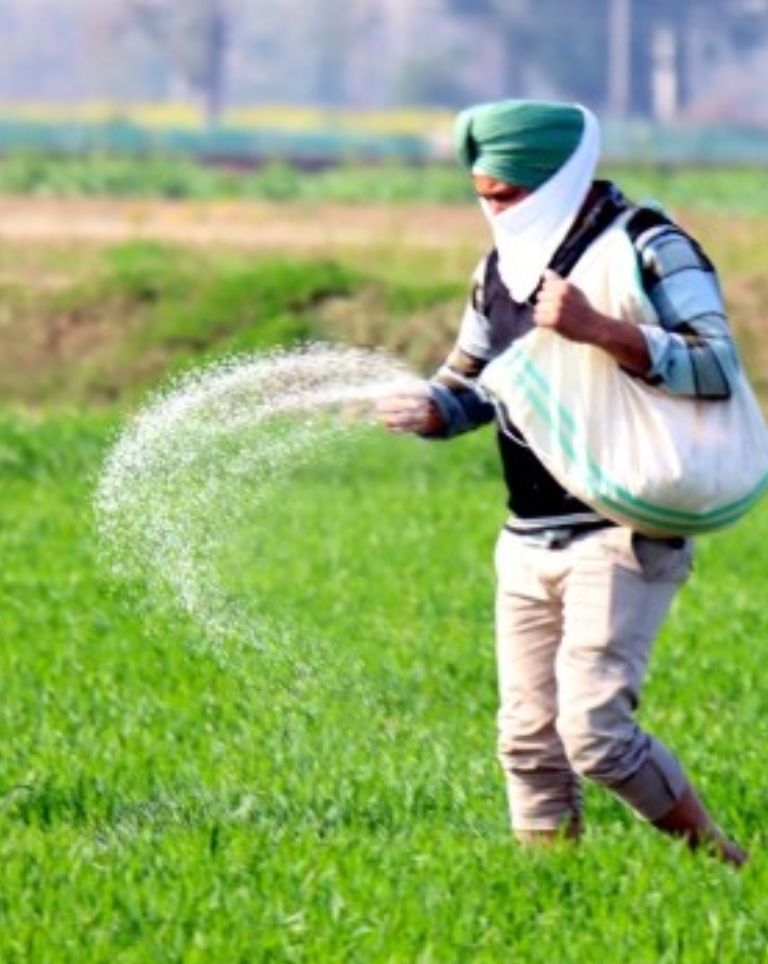If you ask a farmer today what worries them the most, chances are they’ll point to the sky. Not metaphorically, but quite literally. The sun, the clouds, the rain — everything seems a little off these days. For generations, Indian farmers have trusted the rhythms of the seasons. They knew when the rains would come, when to sow, when to harvest. But now, nature seems to be rewriting the rules.
Let’s unpack what’s really going on and how it’s changing the future of Indian farming.
Rain Isn’t What It Used to Be
Remember the monsoon? That familiar season we all waited for — especially the farmers. It’s become a bit of a wild card lately. Sometimes it arrives late, sometimes not at all, and when it does, it pours like there’s no tomorrow. This unpredictability has turned farming into a gamble.
Take cotton farmers in Maharashtra. They’ve always depended on a predictable monsoon to plan their sowing. But now, with dry spells stretching longer and sudden rains damaging mature crops, many are rethinking whether it’s even worth growing cotton anymore.
Too Hot to Grow
And then there’s the heat. We’re talking about temperatures so high that even crops can’t take it. Wheat, for example, is especially sensitive to rising temperatures. If it gets too hot while it’s flowering, yields drop — drastically. Farmers in Punjab are feeling this first-hand. Many say the wheat they harvest today is not the wheat their fathers grew. The grain size is shrinking, and overall yield has gone down. It’s no longer enough to just sow seeds and wait. Heat stress has added a whole new layer of complexity.
Crops Are on the Move
Because of all this, crops are slowly shifting to new areas. Places that were once too cold for paddy or sugarcane are now warming up. On the flip side, traditional crop zones are becoming unsuitable. So you have apple growers in Uttarakhand trying out pomegranates — a crop more commonly seen in Maharashtra. Some of these shifts work. Others don’t. And most of them come with risks, especially for small farmers. New crops need new knowledge, different inputs, and access to different markets. That’s a lot to take on, especially when margins are already razor-thin.
Where’s the Water?
Farming in India drinks up about 80 percent of our freshwater, but many parts of the country are now running low. Groundwater tables are falling. Rivers are drying up.
In Tamil Nadu, some farmers have given up on water-intensive crops altogether. Others are turning to drip irrigation and rainwater harvesting. Gujarat has made notable progress on this front. By adopting micro-irrigation techniques, farmers there are using less water and still getting good yields. But making that switch needs support — financially and technically — and not everyone has access to that.
Pests, and Crop Confusion
Climate change isn’t just about big weather events. It messes with small things too — like the farming calendar. When monsoons shift, sowing gets delayed. Harvests come late. And all of this opens the door to more pests and diseases.
Farmers in Madhya Pradesh and Rajasthan are seeing this pattern clearly. Later sowing means crops are maturing in hotter months, which is not ideal. Meanwhile, pests like whiteflies in Punjab’s cotton belt are thriving in the new climate.
Are Indigenous and Resilient Crops the answer?
Here’s something encouraging. Not all solutions need to come from labs. Sometimes, the answers lie in seeds we’ve always had. Indigenous crop varieties are naturally more resilient to local conditions. They might not give record-breaking yields, but they can survive droughts and heatwaves better than hybrid varieties.
In Assam, drought-resistant rice varieties are helping farmers cope with changing rainfall. In Rajasthan, new heat-tolerant wheat strains are showing promise. These small wins matter. They tell us that resilience is possible — it just needs the right mix of science, support, and tradition.
So What Do We Do Now?
That’s the big question, isn’t it? What can we do to support farmers who are standing on the frontlines of climate change?
First, we need to listen. Too many decisions are made without hearing directly from the farmers who are affected.
Second, support needs to go beyond subsidies. Farmers need knowledge, infrastructure, insurance that actually works, and access to climate-smart tools and techniques.
Government programs like PM-KUSUM and the National Mission on Sustainable Agriculture are steps in the right direction. But for real impact, the gap between policy and field reality needs to shrink. NGOs, startups, agri-scientists, and private players all have a role to play.
Amlan Shome is a commercial sustainability advisor with Maersk enabling the energy transition of the maritime and aviation sector.













